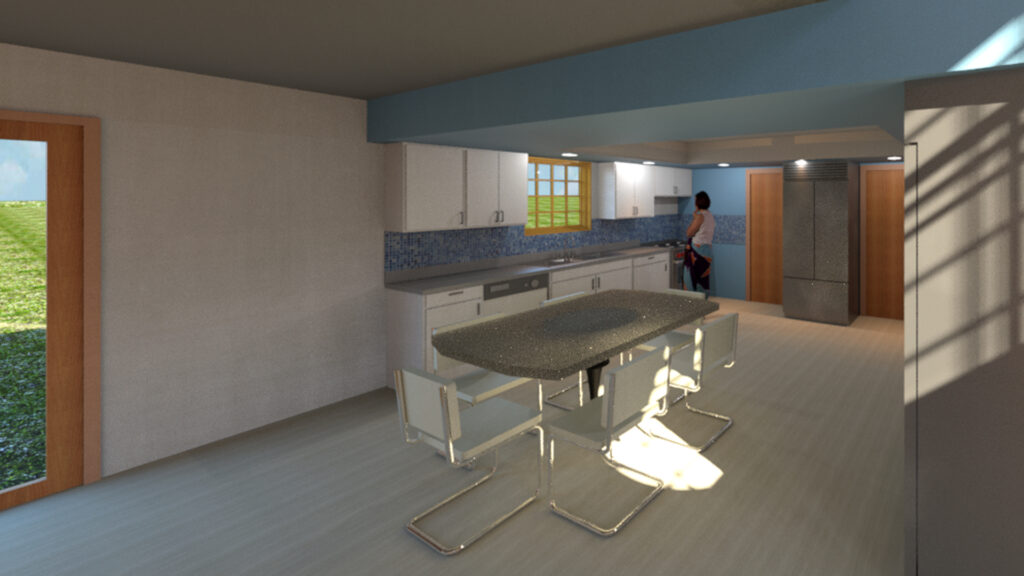Creating comfort is at the heart of the art of interior design. It is the delicate balance between aesthetics and functionality, where every element within a space is carefully curated to evoke a sense of serenity and relaxation. Interior designers are, in essence, the architects of comfort, shaping the ambiance and atmosphere of a room to cater to the needs and desires of its inhabitants. The process begins with a thorough understanding of the client’s preferences, lifestyle, and the intended purpose of the space. This knowledge serves as the foundation upon which the designer can build a harmonious environment. One of the fundamental principles of interior design is the arrangement of elements to promote physical and psychological comfort. Furniture, lighting, color schemes, and the flow of the room all play integral roles in achieving this goal. The selection of furniture should consider both form and function, ensuring that it not only complements the room aesthetically but also provides practical utility.

Soft, inviting textures and materials can create a tactile comfort, while proper lighting can transform a space, making it feel cozy and inviting. Lighting design must accommodate various moods and activities, allowing for both relaxation and productivity. The color palette is a potent tool in interior design, as it can influence the perceived size and atmosphere of a room. Warm, earthy tones can create a sense of intimacy and coziness, while cool, serene colors can induce a feeling of calm. It is essential to balance these hues to achieve the desired emotional impact. A skillful interior designer understands how to use colors to craft an environment that resonates with the client’s emotions and personality. Furthermore, the flow of the room is essential in enhancing comfort of Unique Houston interior design inspiration. Proper space planning ensures that every element within a room is arranged with purpose, allowing for ease of movement and functionality. Thoughtful organization can transform a cluttered, chaotic space into an orderly and inviting one.
To truly excel in the art of interior design, one must also consider the importance of sustainability and eco-friendliness. Utilizing eco-conscious materials and practices not only helps create a healthier environment but also promotes a sense of well-being. A space designed with the environment in mind reflects a deep appreciation for nature and contributes to a peaceful, holistic atmosphere. In conclusion, interior design is the art of crafting environments that promote comfort, harmony, and well-being. It involves a thoughtful combination of aesthetics, functionality, and an understanding of the client’s needs and desires. From furniture selection to lighting design, color palettes to space planning, every aspect of interior design serves the ultimate goal of creating spaces where people can thrive and find solace. The art of interior design is a dynamic and creative field that constantly evolves to meet the changing needs and tastes of individuals, making it an exciting and deeply rewarding profession.
